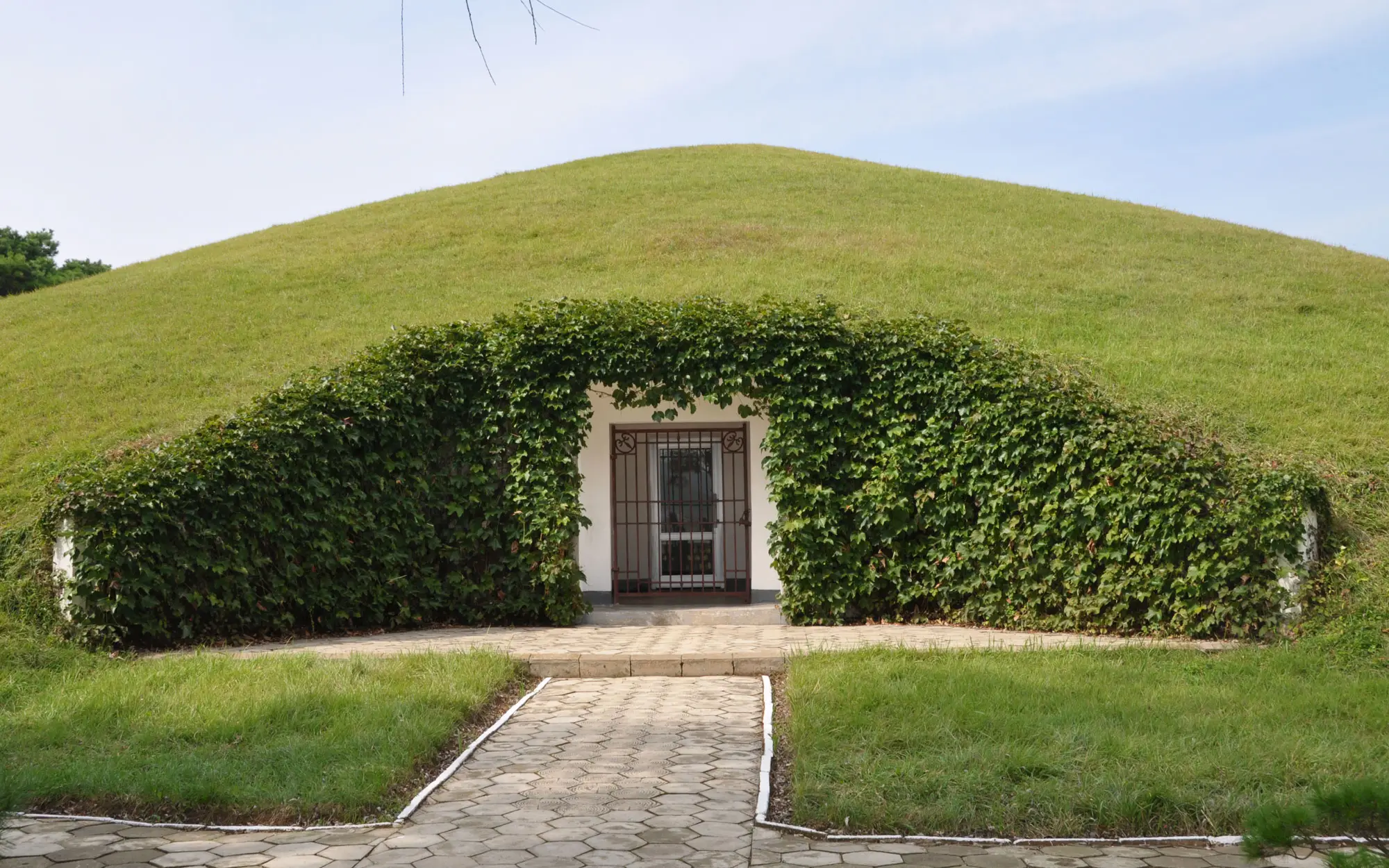
Koguryo Kingdom tomb complex, a spectacular legacy of Korea's origins
It’s a set of tombs belonging to the ancient kingdom of Koguryo, one of the so-called Three Kingdoms of Korea, and are distributed between the North Korean cities of P'yŏngyang and Namp'o. They are noted for their beautiful wall paintings that offer a unique perspective on the daily life of the Koguryo period. Declared a World Heritage Site by UNESCO in 2004, it’s the first site in the country to achieve this distinction.
The kingdom of Koguryo was one of the strongest kingdoms on the Korean peninsula and part of Manchuria between the 2nd century BC and the 7th century AD, whose capital was located in the current city of P'yŏngyang. In fact, the modern name of Korea comes from the Goryeo dynasty, which owes its name to Koguryo. In addition, its cultural influence at the time of greatest splendor of the kingdom extended throughout East Asia including Japan. The tombs are practically the only vestiges of this culture, also finding some archaeological remains of it in the Chinese province of Jilin.
The most notable and best preserved vestiges of the Koguryo Kingdom, the largest of the Three Kingdoms of Korea, correspond to a complex of tombs richly decorated with frescoes that reflect scenes from the culture, mythology and daily life of the ancient kingdom.

Tumulus of one of the tombs.
Of the more than 10,000 tombs of the Koguryo culture found between Korea and the Chinese region of Manchuria, those located around P'yŏngyang and Namp'o stand out for being spectacularly decorated, most likely related to the people buried in them. It’s thought that they were used as a burial site for kings, members of the royal family and members of the aristocracy. The brightly colored murals painted on the walls depict scenes from everyday life and the mythology of the time. Although tombs with the same aesthetic characteristics have been found in the Chinese region of Manchuria, those belonging to the complex named as a World Heritage Site by UNESCO are the best preserved and most abundant. Given their characteristics, it’s very likely that they also contained wealth, which was looted.
The tombs are made up of a mound under which an architectural structure rests, with one or more chambers where the people to be buried were located. The greater the importance of the deceased, the larger the ensemble and the more beautifully decorated were the burial chambers with impressive frescoes from the Koguryo culture. They were studied from the 19th century during the Japanese occupation of Korea, recovering the cultural legacy of the Koguryo kingdom. The most important and outstanding of the complex are the so-called Anak Tomb number 3 and the Tomb of King Tongmyong, the latter accompanied by a large mausoleum and a Buddhist temple rebuilt in the 1970s and extensively restored due to the historical importance considered by the North Korean government.
This complex is a very important tourist place due to the historical legacy it represents, since it supports the origins of Korean culture and society. Given the political circumstances and the control of the North Korean government towards foreign tourists, the place is not excessively crowded, being an important incentive for your visit.
Welcome to North Korea!
Another interest sights
South Korea
DMZ, the border between the two Koreas
South Korea
The Changdeokgung palace complex, the perfect example of Joseon Dynasty's architectural style
China
Share this Sight with: